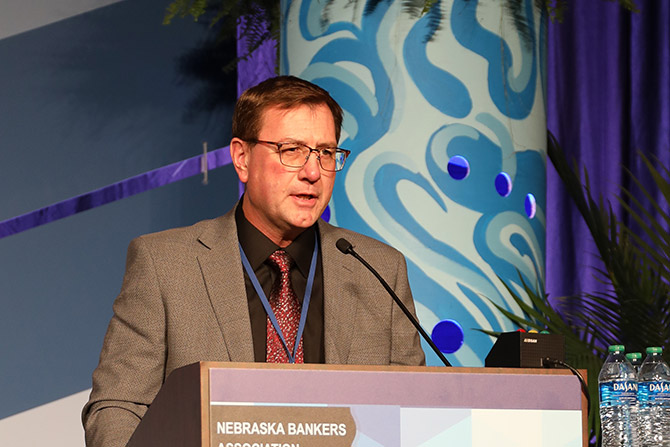Understanding how institutions will operate as rates fall will have a direct impact on modeling and, thus, a direct impact on model outputs.
After a little more than two years and 525bp worth of rate hikes, the Federal Reserve has started to signal that rate cuts are on the horizon. During that period of rapid rate hikes, we saw an increased focus on asset liability management (ALM)/interest rate risk (IRR) model assumption review and documentation. Along with rising rates, we also saw an increasingly competitive environment for deposits, which drove cost of funds up much faster than assumed across the board.
So how does this impact institutions from an ALM and IRR standpoint? Specifically, how do model assumptions impact earnings at risk and capital at risk as rates fall?
First let’s talk about loan constant prepayment rates (CPRs), a method of measuring prepayments that assumes a constant portion of the outstanding loan principal will prepay. For example, a 15% CPR assumes 15% of the outstanding principal balance will prepay in one year. Historically as rates start to fall, we see CPRs rise as people are now able to refinance their loans down to lower rates. Given the rapid rise in rates from the Fed, this may not be the case this time. According to the St. Louis Fed, the average 30-year fixed rate mortgage in July of 2021 was 2.87% compared to March of 2024 at 6.87%. That means if you locked in your mortgage in July 2021, it would take 400bps worth of cuts before you would start thinking about refinancing. Existing home sales are at all-time lows as people feel “locked in” to their current homes and low interest rates. It may take a significant cut from the Fed before we see an increase in prepayment activity on our loan portfolios. Due to this possibility, it is a great time to review current CPR assumptions and understand how they can impact earnings at risk. Overstating prepayment activity can lead to a misleading figure in change-in-interest income and provide an inaccurate projection in a falling rate scenario.
On the other side of the balance sheet, we have deposits. The competition for deposits has been evident as we have seen cost of funds steadily rise for the last two years. The big question is, as rates start to fall, will we be able to cut those deposit rates as fast as we originally had to raise them? The assumption in play here is going to be the deposit beta, or shift sensitivity. This is the metric that shows us how much deposit rates change in line with a move from the Fed. A beta of 35% would show a 35bp move for every 100bp move from the Fed. The impact of an overly optimistic or higher beta in a falling rate environment could provide a misleading model output on changes to interest expense. Because depositors are now aware of the possible earnings and rates they can receive on their money, the fight for deposits remains high. The “sleepy depositor,” for the most part, has awoken. If this trend continues, institutions may not be able to drop their deposit rates as quickly as in past falling rate cycles. This will directly affect how interest expense fluctuates as rates fall; therefore, institutions should review and discuss this probability and the impact on the bottom line.
As rates started to rise, the resurgence of the CD came right along with it. The composition of the balance sheet is another aspect of interest rate risk that changes along with the movement in rates. CD specials are a prime example due to the increased rates offered. As these products start to reach maturity, the institution should discuss the likelihood of whether those maturing dollars will continue into a similar product or possibly flow out into something else. For example, we have seen a migration of non-maturing deposits into CDs over the last two years. Will this trend start to reverse as rates fall?
The review of model assumptions is by far one of the most important pieces of the ALM process. While it may not have seemed important in the past to discuss falling rate assumptions, considering rates were near zero for so long, it is at the forefront of the interest rate risk world now. Understanding how institutions will operate as rates fall will have a direct impact on modeling and, thus, a direct impact on model outputs. The more accurate the assumption, the more useful the model when it comes to making informed decisions for institutions. In this current environment, this discussion around assumptions can help put an institution on the best path forward.
Luke Mikles is a vice president in the Financial Strategies Group at The Baker Group. He joined the firm in 2019, serving in the Interest Rate Risk Department. In 2023, Luke moved to the Financial Strategies Group, where he assists institutions with the risk management process and speaks at Baker’s educational seminars across the country. Luke holds a Bachelor of Business Administration in energy economics from the University of Central Oklahoma. Contact Luke at (405) 415-7307 or lmikles@gobaker.com.









